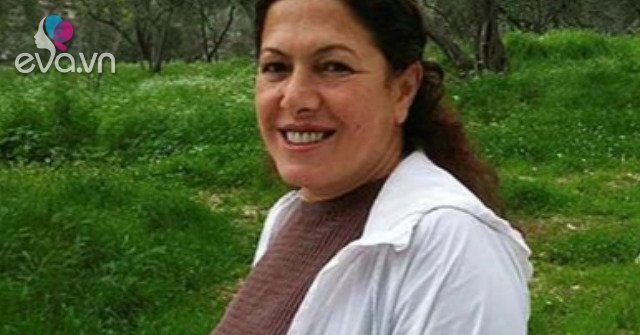Queen Hetepheres’ tomb was discovered not long after King Tutakhamun’s tomb and contains many valuable objects.

Burial objects inside the G7000X tomb. Photo: Boston Museum of Contemporary Art
Since the early 20th century, the Giza Plateau has been excavated by an international group of scholars. One of the people in charge of excavation work here is American archaeologist George Reisner. On February 2, 1925, Reisner’s photographer Mohammedani Ibrahim was working near a pyramid built by pharaoh Khufu in the mid-3rd millennium BC and noticed that his camera stand rested on a white plaster layer, possibly the top of a hidden structure underneath.
Ibrahim needed to notify his boss, but Reisner was not in Egypt at the time, but in Boston working as a professor of Egyptology at Harvard University. Associates began digging in his absence and found a narrow, 26-meter-deep cellar filled with rubble. This is proof that they have discovered a grave. However, since grave robbers have been active in Giza for thousands of years, the chances of finding an intact tomb are very low. For the archeology team, it was a moment of triumph, but later that week they received a telegram from Boston asking them to stop their work in Egypt. The tomb with the number G7000X is sealed.

The golden falcon in the tomb of Queen Hetepheres. Photo: Scala
Born in 1867 in Indianapolis, George Reisner was in charge of a major archaeological survey in the Nubia area (present-day southern Egypt and Sudan). In 1902, the French Egyptologist Gaston Maspero divided the Giza plateau among the outstanding archaeologists of the time in order to prevent tomb theft and degraded buildings. The central area of the giant ruins was assigned to Reisner. After Reisner finished his work in the US and returned to Egypt, the G7000X tomb was reopened in January 1926.
Entering the tomb containing the coffin, Reisner noticed that the gold-covered furniture inside was destroyed by the water. The condition of the tomb was so poor that archaeologists feared the structure would collapse. The process of collecting wood pieces and inlays was carried out with great care. Reisner et al also found a canopy and a bed, armchair and palanquin. The name of the tomb owner “Hetepetheres” is engraved on the palanquin, helping to confirm Reisner’s speculation that the tomb belonged to a woman. She was the mother of pharaoh Khufu, the second king of the 4th dynasty. Her tomb was hidden in the shadow of the Great Pyramid of pharaoh Khufu for more than four millennia.
Hetepheres’ smooth plaster coffin was opened in March 1927 but contained no remains. Historians still debate what happened to the body. Reisner suggests that Hetepheres was originally buried near her husband Snefru at Dahshur. Later, Khufu built a new tomb in Giza, but his mother’s remains were never moved there. Others speculate she was buried in the small pyramid G1a at the base of the Great Pyramid.
After the excavation, the armchair was restored and displayed at the Egyptian Museum in present-day Cairo. After Reisner’s death in 1942, experts restored the palanquin and its gold coating. The artifact is now housed at the Harvard Museum of Ancient Near East in Cambridge, Massachusetts.
An Khang (According to National Geographic)
at Blogtuan.info – Source: vnexpress.net – Read the original article here



